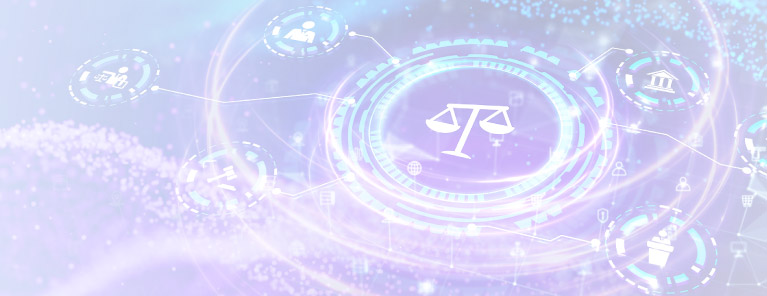What keeps CIO up late at night?
Easily making one of the top 3 reasons: Receiving a ransom note demanding payment for not leaking stolen data.
In today’s digital landscape, we increasingly rely on the internet to exchange sensitive data or run business-critical applications. Unfortunately, this convenience comes with a downside: cybercriminals have a wide range of tools at their disposal to exploit cybersecurity vulnerabilities, so they can disrupt our businesses or hold us hostage. Whether it’s a small startup or a multinational corporation, no organization is immune to the potential threats posed by cyberattacks and data breaches. In recent years, we have witnessed a disturbing surge in cyberattacks, including devastating ransomware incidents and high-profile data leaks.
These incidents highlight the utmost significance of implementing strong cybersecurity protocols for organizations of all sizes. One notable example is the ransomware attack on the Colonial Pipeline, a significant fuel pipeline operator in the United States. This malicious act resulted in disruptions to fuel supplies, leading to substantial economic ramifications. Another instance is the data breach suffered by British Airways, where the personal and financial details of approximately 500,000 customers were compromised. These examples serve as reminders of the critical need for robust cybersecurity defenses to safeguard against such threats.
Hackers employ various methods to steal data, targeting vulnerabilities through multiple vectors, such as:
- Human negligence or error, such as losing a password or mishandling sensitive information
- System exploits or corruption, which can involve the utilization of zero-day exploits or the manipulation of vulnerabilities present in software or hardware systems
- Viruses and malware distributed through an expanding range of channels, including email attachments, social media links, or other deceptive means.
- Insufficient protection and encryption of networks and servers, leaving them susceptible to unauthorized access and data breaches
Once data falls into the hands of hackers, organizations are confronted with an agonizing dilemma: either succumb to paying the ransom or rely on the uncertain prospect of apprehending the perpetrators. Undoubtedly, the most effective strategy lies in prevention rather than mitigation. To bolster your organization’s IT security, consider implementing the following vital tips:
- Regularly educate and train employees: Foster a culture of vigilance amongst all your staff members, including educating them about the dangers of phishing emails and social engineering tactics, as well as emphasizing the importance of strong passwords and safe browsing practices. Sophisticated companies also provide comprehensive training and assessment programs to help individuals recognize and report phishing attempts, empowering them as the first line of defense against such attacks.
- Secure devices and keep them up-to-date: Ensure that all devices accessing sensitive data and systems, such as servers, laptops, smartphones, and tablets, are adequately protected and hardened, with robust access controls that limit access privileges to authorized personnel. Implement endpoint security solutions that encompass antivirus, anti-malware, encryption, and robust patch management. Additionally, regularly apply security patches and updates to operating systems, software, and applications, so known vulnerabilities are promptly addressed.
- Strengthen Network Defenses: Deploy a next-generation firewall with robust security enforcements to shield your network from incoming threats. Work closely with security solution providers to implement firewalls that include intrusion prevention, application control, and threat intelligence for comprehensive network protection.
- Fortify Email Security: Equip your organization with an advanced email security solution that filters out spam, phishing attempts, and malicious emails effectively. Leverage technologies such as machine learning, sandboxing, and encryption to proactively detect and prevent email-based threats. Additionally, enforce strong passwords and encourage multi-factor authentication (MFA) to add an extra layer of security.
- Monitor and Respond: Maintain constant vigilance by frequently monitoring and reviewing security alerts. Engage cybersecurity service providers who offer security monitoring and management services using tools like SIEM (Security Information and Event Management), SOC (Security Operations Center), and proactive threat hunting. Sophisticated companies will also conduct regular security audits and assessments to identify potential weaknesses and vulnerabilities in their IT infrastructure.
- Establish data backup and recovery procedures: Regularly backup critical data and store it securely. Implement a robust data recovery plan to swiftly restore operations in the event of a ransomware attack or data breach.
By collaborating with trusted cybersecurity partners and implementing these cybersecurity measures, you can fortify your organization’s defenses against the ever-present threats in today’s digital landscape. Stay secure, protect your assets, and maintain the trust of your customers and stakeholders.










